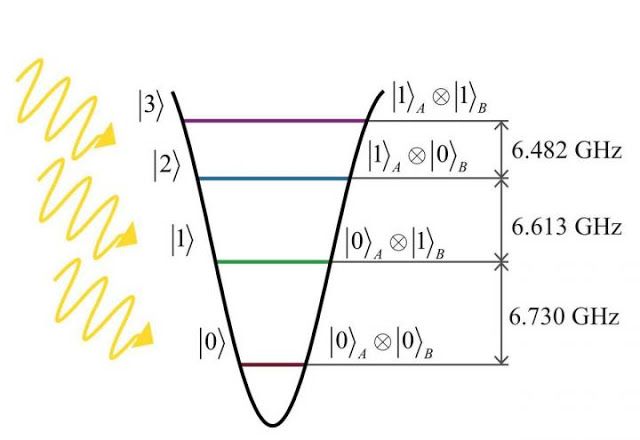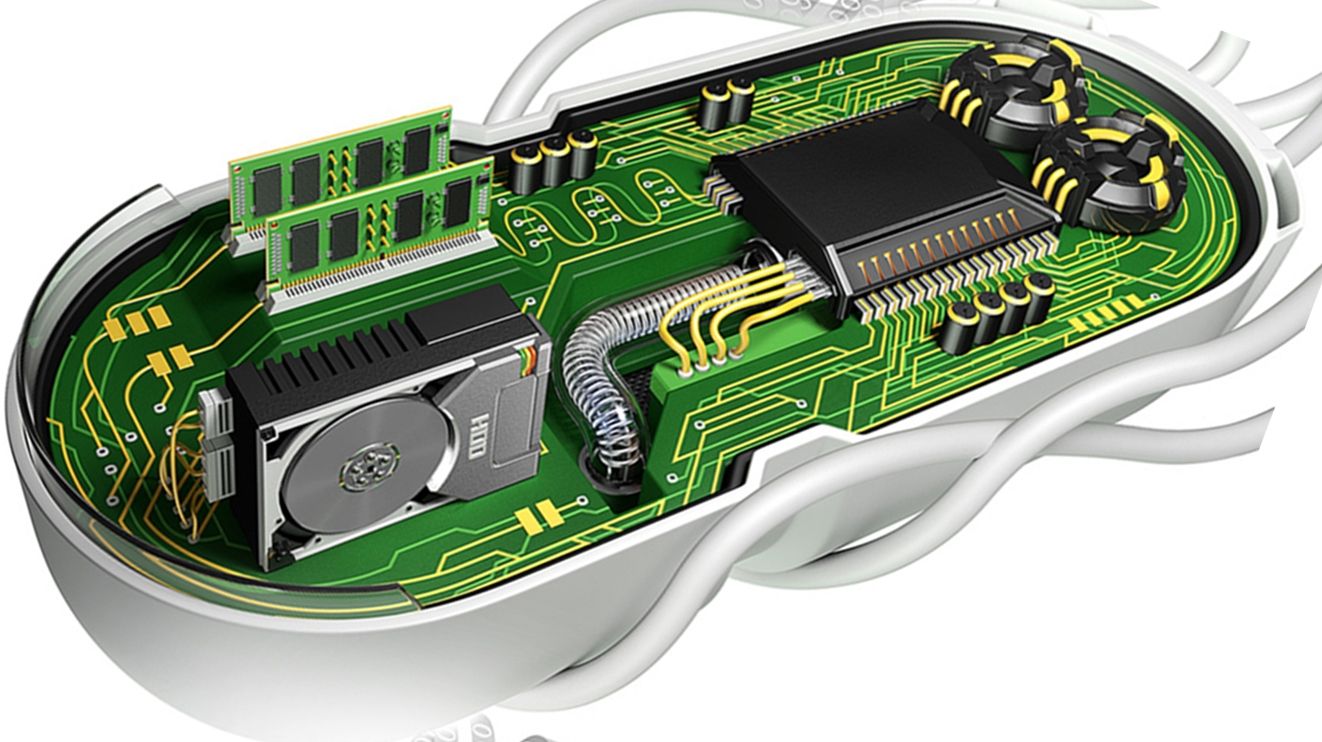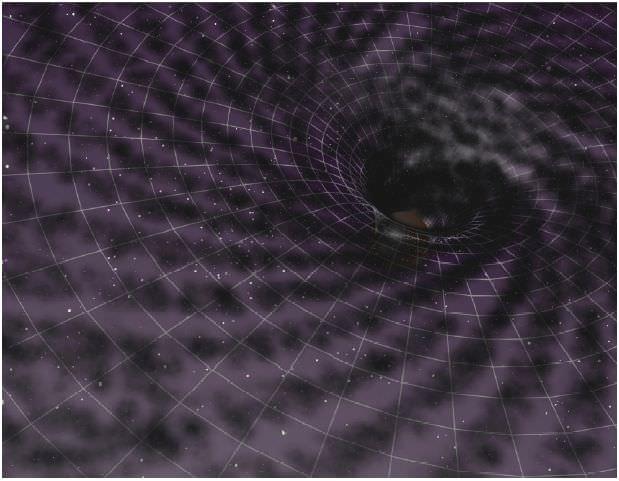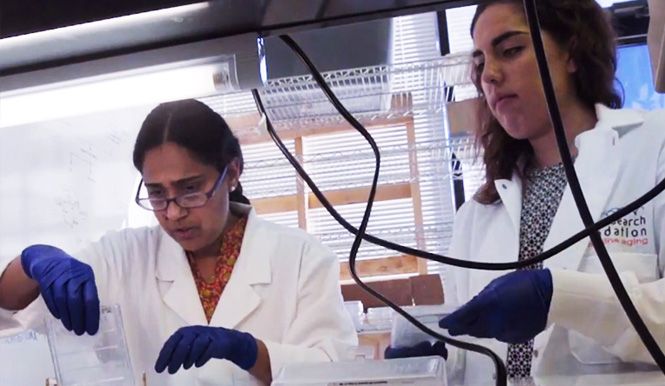Page 10716
Jul 25, 2016
Making Jupiter into a Star
Posted by Andreas Matt in categories: alien life, entertainment, nuclear energy
Interesting…
The SETI concepts now called ‘Dysonian’ are to my mind some of the most exhilarating ideas in the field. Dysonian SETI gets its name from the ‘Dyson spheres’ and ‘Dyson swarms’ analyzed by Freeman Dyson in a 1960 paper. This is a technology that an advanced civilization might use to harvest the energy of its star. You can see how this plays off Nikolai Kardashev’s classification of civilizations; Kardashev suggested that energy use is a way to describe civilizations at the broadest level. A Type II society is one that can use all the energy of its star.
In the film 2010, director Peter Hyams’ 1984 adaptation of Arthur C. Clarke’s novel 2010: Odyssey Two (Del Rey, 1982), we see an instance of this kind of technology at work, though it has nothing to do with a Dyson sphere. In the film, a dark patch appearing on Jupiter signals the onset of what Martyn Fogg has called ‘stellification,’ the conversion of a gas giant into a small star. Rapidly replicating von Neumann machines — the famous monoliths — increase Jupiter’s density enroute to triggering nuclear fusion.
Jul 25, 2016
‘Tractor beams’ build atom-by-atom assembly in mid-air
Posted by Andreas Matt in categories: computing, particle physics, quantum physics, tractor beam
Physicists have manipulated 50 individual atoms at once in a dramatic upscaling of a technique vital to quantum computing. Cathal O’Connell explains.
Jul 25, 2016
Computers Could Use More Than World’s Production of Energy by 2040
Posted by Karen Hurst in categories: computing, sustainability
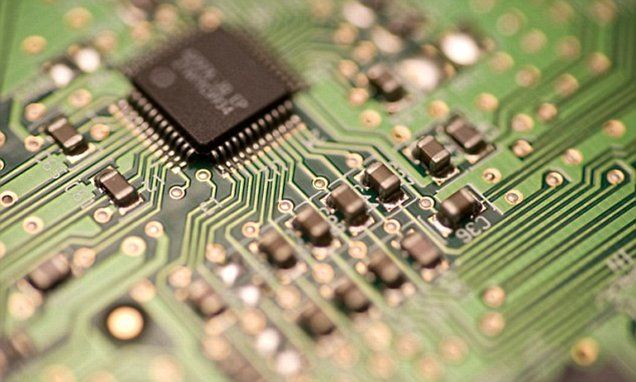
The report, by the Washington DC-based Semiconductor Industry Association and the Semiconductor Research Corporation, includes a chart which shows for the amount energy needed per bit, computing will not be sustainable by 2040.
This is when the energy required for computing is estimated to exceed the estimated world’s energy production.
Continue reading “Computers Could Use More Than World’s Production of Energy by 2040” »
Jul 25, 2016
Russia making new type of universal quantum computer with multilevel quantum qudits instead of qubits
Posted by Karen Hurst in categories: computing, quantum physics
Physicists from MIPT and the Russian Quantum Center have developed a method which is going to make it easier to create a universal quantum computer — they have discovered a way of using multilevel quantum systems (qudits), each one of which is able to work with multiple “conventional” quantum elements — qubits.
Professor Vladimir Man’ko, Scientific Supervisor of MIPT’s Laboratory of Quantum Information Theory and member of staff at the Lebedev Physical Institute, Aleksey Fedorov, a member of staff at the Russian Quantum Center, and his colleague Evgeny Kiktenko published the results of their studies of multilevel quantum systems in a series of papers in Physical Review A, Physics Letters A, and also Quantum Measurements and Quantum Metrology.
Jul 25, 2016
How MIT’s new biological ‘computer’ works, and what it could do in the future
Posted by Karen Hurst in categories: bioengineering, biotech/medical, computing, singularity
As I and others have shared for a while, Bio/ DNA Computing will be a major key piece of the Singularity picture.
MIT has taken a big step toward the ability to use engineered life-forms as a means of sensing, tracking, and even doing basic computing of information.
Jul 25, 2016
Genomics maverick Craig Venter’s plan to unlock DNA’s connection to disease
Posted by Karen Hurst in categories: biotech/medical, genetics, life extension
Awesome! Just imagine all the benefits that we will see through this research. Not only will we figure out more on the root cause of gene mutations, and cures including CRISPR; but also we will be more effective in mimicking the human system in synthetic systems, synthetic cell or gene circuitry, humanoids, synthetic immune systems, combat aging more effectively, etc.
With more data, a pioneer of gene sequencing hopes to unlock the connections between DNA and illness.
Jul 25, 2016
Astronomers Find Black Holes Do Not Absorb Dark Matter
Posted by Andreas Matt in categories: cosmology, materials
There’s the common notion that black holes suck in everything in the nearby vicinity by exerting a strong gravitational influence on the matter, energy, and space surrounding them. But astronomers have found that the dark matter around black holes might be a different story. Somehow dark matter resists ‘assimilation’ into a black hole.
About 23% of the Universe is made up of mysterious dark matter, invisible material only detected through its gravitational influence on its surroundings. In the early Universe clumps of dark matter are thought to have attracted gas, which then coalesced into stars that eventually assembled the galaxies we see today. In their efforts to understand galaxy formation and evolution, astronomers have spent a good deal of time attempting to simulate the build up of dark matter in these objects.
Jul 25, 2016
Project|21 SENS Research Foundation | Building the Bridge to Human Clinical Trials for Rejuvenation Biotechnologies
Posted by Steve Hill in categories: biotech/medical, internet, life extension
MOUNTAIN VIEW, Calif. — July 11, 2016 — SENS Research Foundation today announced its Project|21 campaign to secure $50 million in private support from individual donors, foundations, and corporations. The goal of Project|21 is for SRF to partner with a new generation of visionary philanthropists, build the Rejuvenation Biotechnology industry, and bridge the most challenging gulf between research and treatment by enabling human clinical trials by 2021.
Aubrey de Grey, founder and chief science officer of SENS Research Foundation said, “Ending aging will require large-scale investment to flow into a globally-recognized industry for rejuvenation biotechnology. Since we began in 2009, SENS Research Foundation has been putting all the pieces in place — core research groups, key players, shared knowledge, underlying tools — for the creation of this industry. The key programs funded by Project|21 can create an environment where the first damage repair interventions addressing specific age-related diseases will be brought to human clinical trials within five years.”
The programs funded under Project|21 focus on three major barriers to the development of truly effective rejuvenation therapies. First, funding to convert promising basic research programs into solid investment candidates remains far too scarce. Second, there are too few opportunities for dynamic collaborations with mainstream regenerative medicine. Finally, there is little understanding of the regulatory pathways and clinical infrastructure these technologies will require. Project|21 addresses these three areas by creating a $15 million bridge fund to support promising early stage technologies; a center of excellence to deliver better opportunities for collaborative development of early stage programs; and a Rejuvenation Biotechnology Alliance Program to address challenges in regulation, manufacturing, and investment.




